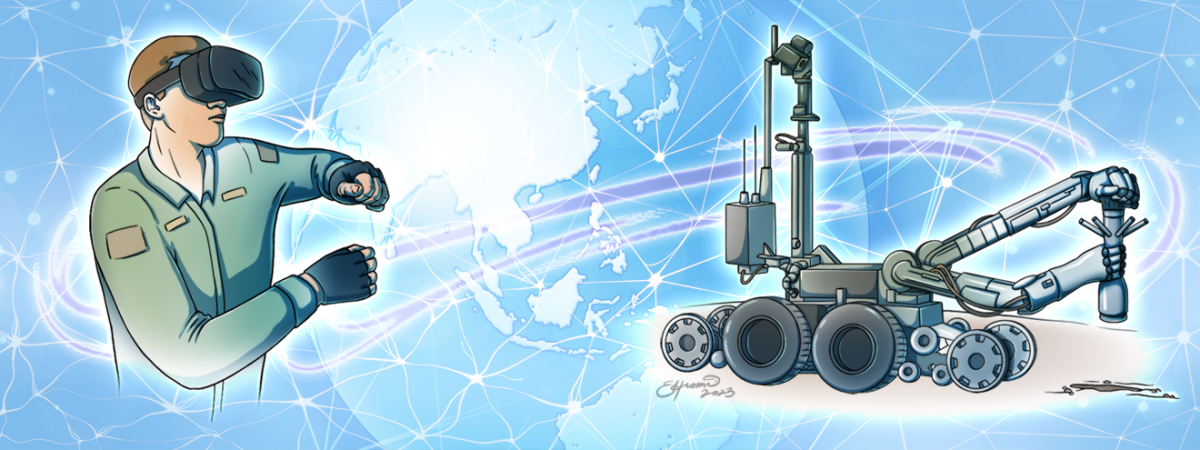Explosive Ordnance Disposal is a key component of national defense that is limited both by risk to EOD technicians and the ability of existing EOD robots to reach EOs in challenging environments and locations, such as buried underground or in bodies of water.& >EOD specialists are responsible for the disposal of bombs, improvised explosive devices (IEDs), chemical, biological and even nuclear weapons.
Currently, their job requires that they put their lives on the line to ensure weaponry is disposed of properly. Since the 1970s, EOD technicians have accomplished this from a small distance by operating robots that have a bulky user-interface and lack effective dexterity. What if EOD specialist could complete this job more effectively, and without any personal risk? At the Human Fusions Institute, we believe our NeuroReality™ technology can make EOD specialists more effective and efficient.
Our NeuroReality™ technology will enable more efficient explosive ordnance disposal, making it possible for a naval technician to dispose of an EO from a safe distance, and thus reducing soldier and civilian casualties. Using wireless sensory detection capabilities, HFI’s NeuroReality™ technology can provide the EOD technician audio-visual feedback from the robot they are operating, allowing the robot to respond in real-time to changes in pressure, temperature, flexibility and more as they work to dispose of explosive weaponry. Furthermore, it will allow an EOD technician to remotely operate a robot - enabling ordnance disposal that was previously impossible for humans or robots, for example demining a harbor or the hull of a ship.


